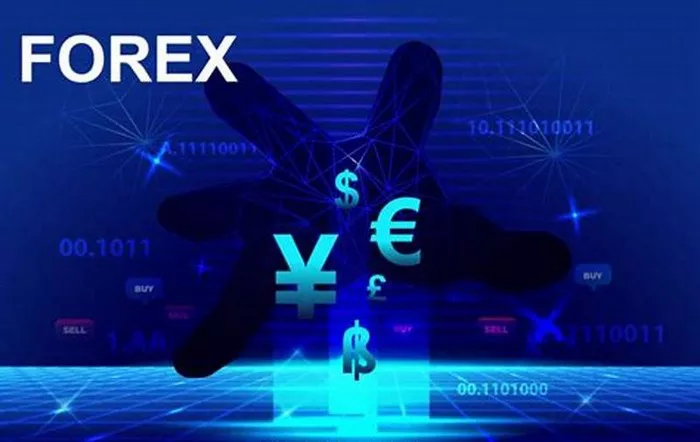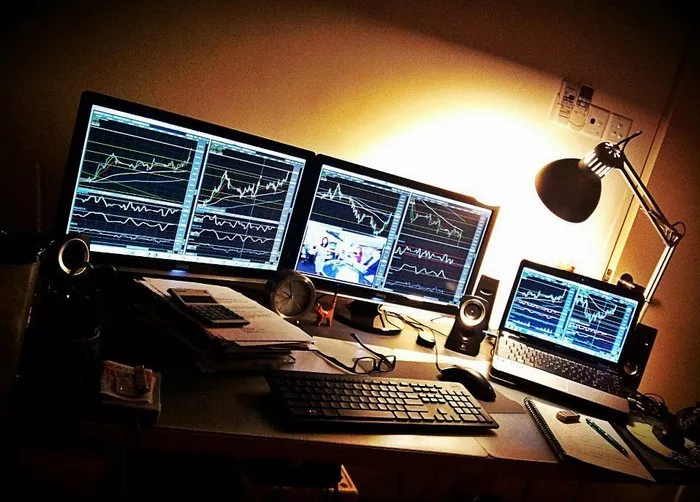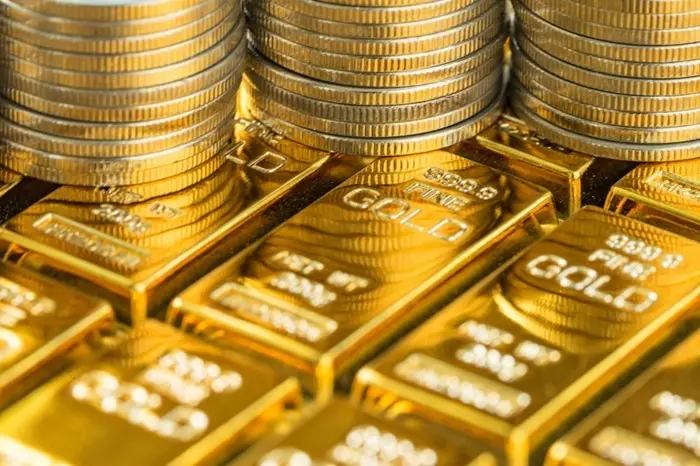The U.S. dollar (USD) has undergone significant changes throughout its history. One of the most important transformations was its transition to a fiat currency. Understanding when and how the USD became fiat provides insights into the nature of modern currency and the role it plays in the global economy. This article will explore the history of the USD, the transition to fiat, and the implications of this change.
Introduction
A fiat currency is one that is not backed by a physical commodity like gold or silver but instead derives its value from the trust and confidence of the people who use it. The U.S. dollar is a prime example of fiat currency today. However, this was not always the case. To understand the transition to fiat currency, we must examine the historical context and events leading up to this transformation.
Historical Context of the U.S. Dollar
The Origins of the U.S. Dollar
The U.S. dollar was established as the country’s official currency in 1792. The Coinage Act of 1792 created the U.S. Mint and defined the dollar in terms of specific amounts of precious metals. Initially, the dollar was backed by gold and silver, making it a commodity-based currency.
The Gold Standard
For much of its early history, the USD was tied to the gold standard. This system linked the value of the dollar to a specific amount of gold. In practical terms, it meant that holders of dollars could exchange them for gold at a fixed rate. This practice provided a level of stability and trust in the currency, as its value was directly tied to a tangible asset.
The Impact of Wars and Economic Changes
Throughout the 19th and early 20th centuries, the U.S. experienced significant economic changes and disruptions, particularly during times of war. The Civil War (1861-1865) and World War I (1914-1918) put immense pressure on the economy and the monetary system. To finance the wars, the U.S. government issued more paper money, leading to concerns about inflation and currency stability.
The Transition to Fiat Currency
The End of the Gold Standard
The pivotal moment in the transition to fiat currency occurred in the 20th century, particularly during the Great Depression. The economic turmoil led to a loss of confidence in the gold standard. In 1933, President Franklin D. Roosevelt took decisive action by suspending the gold standard domestically, making it illegal for U.S. citizens to own gold. This effectively severed the link between the dollar and gold for American citizens.
The Bretton Woods Agreement
Following World War II, the Bretton Woods Agreement established a new international monetary system. Signed in 1944, this agreement pegged the U.S. dollar to gold while other currencies were pegged to the dollar. The U.S. became the world’s dominant economic power, and the dollar was positioned as the primary reserve currency.
The Final Abandonment of the Gold Standard
The most significant step towards the USD becoming a fiat currency came in 1971 when President Richard Nixon announced the suspension of the dollar’s convertibility into gold. This decision was referred to as the “Nixon Shock.” It marked the end of the Bretton Woods system and effectively transitioned the USD to a fiat currency.
The Characteristics of Fiat Currency
With the end of the gold standard, the USD became a fiat currency, meaning its value is not based on a physical commodity. Instead, it is backed by the full faith and credit of the U.S. government. Here are some key characteristics of fiat currency:
Trust and Confidence: The value of fiat currency is derived from the trust and confidence that individuals and institutions place in the currency and its issuing government.
Government Regulation: Fiat currencies are regulated by the government and central banks, which have the authority to issue currency and manage monetary policy.
Inflation Control: The central bank can control inflation through monetary policy tools such as interest rates and open market operations.
See Also: What Percentage of World Trade is in USD?
The Implications of Fiat Currency
Economic Flexibility
The transition to fiat currency provided greater economic flexibility for the U.S. government and the Federal Reserve. With a fiat system, policymakers can implement measures to address economic challenges more effectively. For example, the government can increase the money supply to stimulate economic growth during recessions without the constraints of a gold-backed system.
Inflation and Monetary Policy
While fiat currency allows for greater flexibility, it also poses risks. One of the significant challenges of fiat currency is the potential for inflation. If the money supply is increased too rapidly without corresponding economic growth, it can lead to rising prices. Central banks, such as the Federal Reserve, use various tools to manage inflation and stabilize the economy.
Global Reserve Currency Status
The U.S. dollar’s status as the world’s primary reserve currency has significant implications for global trade and finance. Many countries hold USD in their foreign exchange reserves, which provides the U.S. with economic advantages. For instance, the U.S. can borrow at lower interest rates, and its currency is often used for international transactions, particularly in commodities like oil.
The Future of Fiat Currency
As technology advances, the future of fiat currency may evolve. Digital currencies, such as cryptocurrencies, are emerging as alternatives to traditional fiat currencies. While these digital currencies currently operate outside of government regulation, their increasing popularity raises questions about the future of fiat systems.
Conclusion
The U.S. dollar transitioned to a fiat currency primarily in 1971 when President Nixon announced the end of its convertibility into gold. This marked a significant change in the nature of money and has shaped the modern economic landscape. The dollar’s status as a fiat currency allows for greater economic flexibility but also presents challenges such as inflation.
Understanding the historical context of the U.S. dollar’s transformation provides valuable insights into the functioning of modern currencies. The dollar remains a cornerstone of the global economy, and its role as a fiat currency continues to evolve. As we look to the future, the interplay between fiat currencies and emerging digital alternatives will be a key area of focus for economists, policymakers, and investors alike.
Related topics:






























